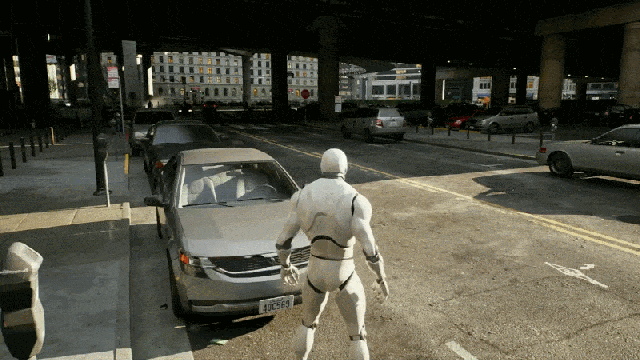How is it achieved?
I don't recall ND ever discosing it, but remember Square Enix doing so about an old, cheaper method of them using two virtual area lights to get similar results.
Still, my message was more on a conceptual level. I didn't find this aspect of the demo as impressive as others because similar and especially fully dynamic tech have already been featured on Console for more than a decade, that amount of shadows from that amount of fully dynamic light sources, definitely not.
And not just by ND by the way, Creative Assembly had a similar effect on their flashlight bouce in Alien: Isolation, Days Gone (UE4) also, although much simpler and definitely not as impressive.
It unfortunately stops there as far as I know, Dead Space Remake made an attempted but the end result looked much less refined than even the ND PS3 implementation.
Rogue City on the other hand, UE5, had the most impressive overall implementation I've seen since bouce light in the game was able to cast indirect shadows, and that was a first.









